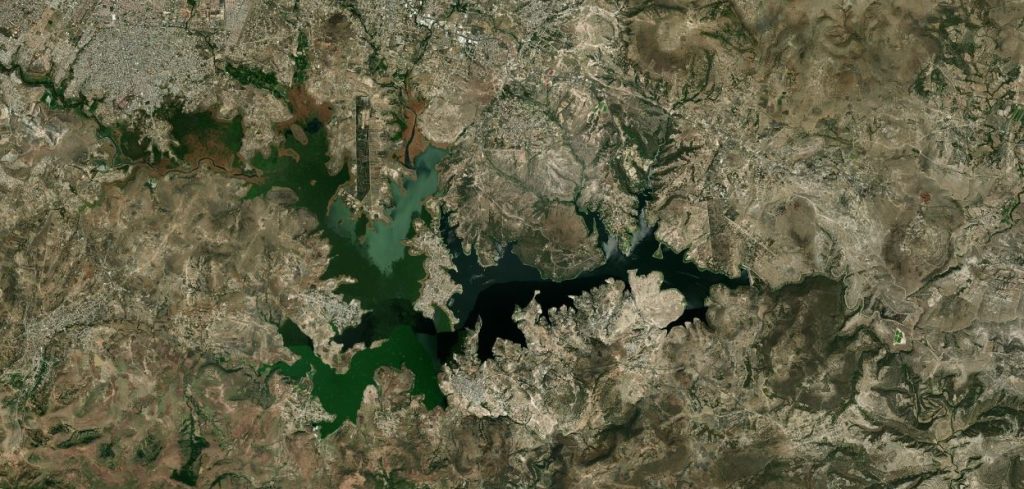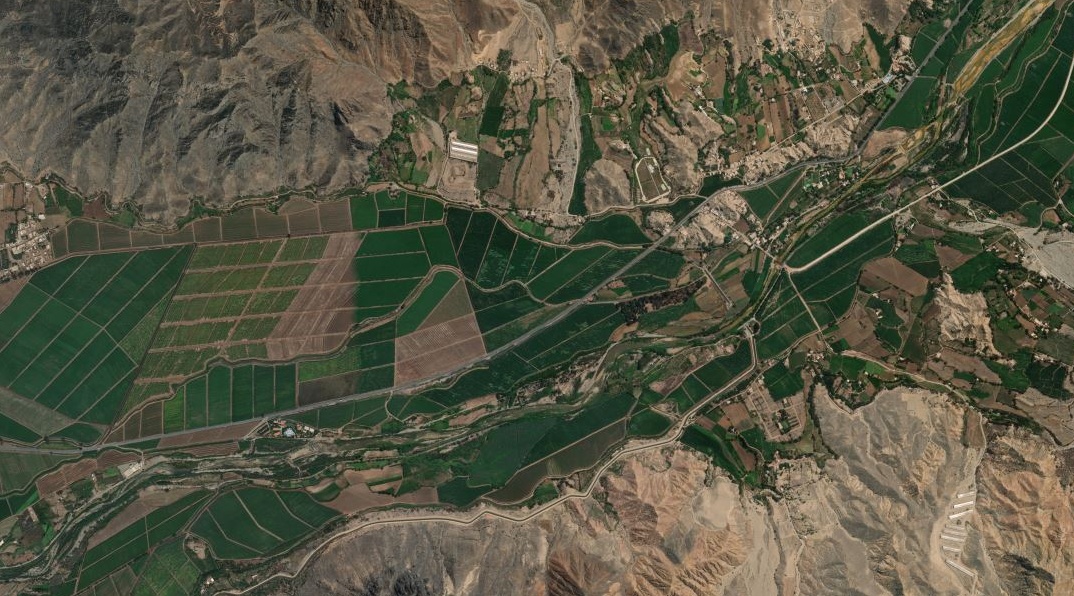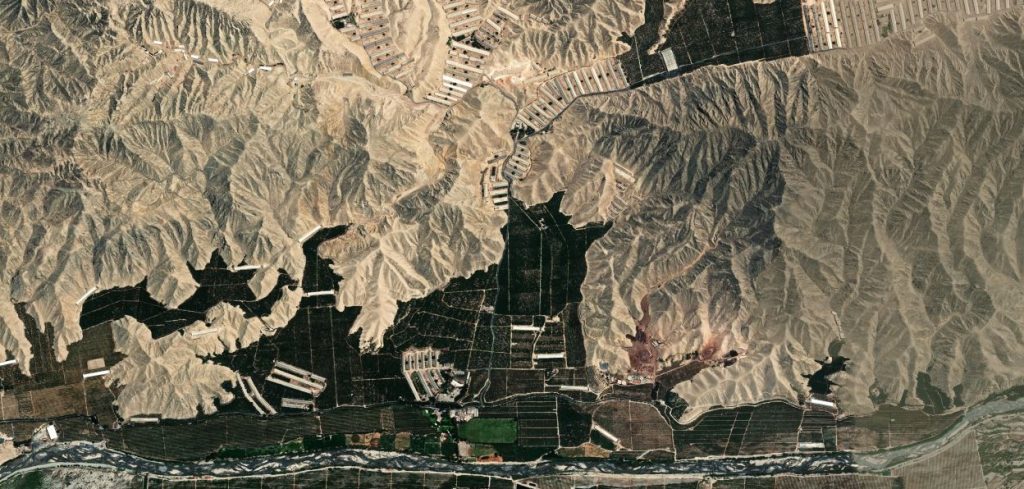 Wastewater
Wastewater
Nobody wants wastewater in the house, nobody wants it close by, nobody wants to smell it, and nobody wants to deal with it.
Several options exist to dispose of it.
First wastewater disposal option
Once upon a time it was alright to simply throw wastewater out the window. Unfortunate passers by sometimes got doused.
Wastewater thrown out the window or directly discharged into the environment carries its cargo of pathogens, suspended particles, and heavy aroma down the street until it empties into some body of water, which then empties into yet another… and so on until nature had taken care of the problem by diluting it enough. Not before, however, the wastewater or water contaminated by it made some of the people who came in contact with it sick with diarrhea from campylobacteriosis or Escherichia coli, dysentery, cryptosporidiosis, encephalitis, gastroenteritis, giardiasis, hepatitis A, leptospirosis, or cholera or some combination of these.
This first option is inexpensive but not a good option..
Second wastewater disposal option
After Karl Imhoff developed his technological wastewater solution in the 20th C, if it could be afforded, then adopt Imhoff’s solution and build infrastructure to treat wastewater before discharging it into the environment that, over time, solved the problem, for a while.
Today’s population growth and population density in large cities, however, have overpowered Imhoff’s infrastructure that initially solved the wastewater problem. They now make Imhoff’s simple treatment of wastewater before disposal expensive because the aerobic processes require energy input for the aerobic microbes to be able to do their work. While the Imhoff process fulfills its mandate of cleaning pathogens, removing suspended particles and odors it does this at great cost.
This cost is typically paid for by user fees.
The wastewater disposal dilemma
In terms of disposing of wastewater, we are now on the horns of a dilemma.
The first wastewater option, direct discharge into the environment is cheap and easy but spreads disease and is hostile to the environment.
The second wastewater option, the Imhoff treatment, is expensive, complex and although it halts the spread of disease It does not remove nor rehabilitate the water leaving nature to deal with a number of problems such as dissolved salts and dissolved nutrients which cause a plethora of problems in the aquatic biology and biodiversity downstream.
Threading the horns of the wastewater disposal dilemma
Bionomictm processing of wastewater solves the wastewater disposal dilemma by processing wastewater so as to make full use of its resource content potential that previously was deemed a problem so that it can be applied in small communities that could not afford Imhoff treatment and in large communities Imhoff treatment facilities can be converted to bionomic processing facilities that substantially reduce cost of operation and increase revenue from resource content recovery. This resource content recovery from wastewater disposal substantially reduces operating costs and greenhouse gas emission and, in some locations, can even generate income.
The bionomictm wastewater processing system is the only one whose implementation can be financed and then the debt serviced and paid down from its own revenue streams.
This makes the process completely bankable and even maintenance cost and expenses will be paid from its own revenue stream.
The first option―direct discharge of untreated wastewater―is still used
For lack of knowledge, streams and rivers are still used as wastewater disposal and transport systems, where financial resources are not readily available or user fees are not viable. Imhoff technology is simply too expensive to install and maintain.
To not do anything about wastewater disposal by discharge of untreated wastewater into the environment and let nature take its course is unfortunately a commonly used option. This is largely because of a lack of knowledge.
Valsequillo Reservoir, Puebla, Mexico
Just how bad things can get is demonstrated by the reservoir Valsequillo in Puebla in the State of Puebla, Mexico.
The river which traverses the city had to be placed in pipes simply because of the stench of all the organic material flowing into the reservoir. Valsequillo is in effect a facultative anaerobic digester with an incredible organic as well as chemical load. Yet the water from the 3000 Ha surface area reservoir is used to this day for agricultural purposes without any kind of treatment.
While Mexico certainly is not exactly a country without means, conventional treatment systems once the original capital investment has been made ongoing maintenance cost lead to user fees which are very hard to enforce.
Private Enterprise
Private enterprise has no problems at seeing economic benefits from innovative technologies. In Peru we worked in two locations with two different private companies: A large sugar mill in Trujillo in the North and an egg producing facility in Alto Laran in the South.
Trujillo
The community of Trujillo located in the North of Peru has approximately 5000ha in sugar cane production. We were asked to find the best solution for making optimum use of fermentation residues for fertilizer application. We applied bionomictm principles and technologies to achieve exactly that. To the benefit of all not the least of which is the environment.Alto Laran:
200 km south of Lima in Alto Laran is one of the largest egg layer operations in the world with roughly 6 million layer hens.

